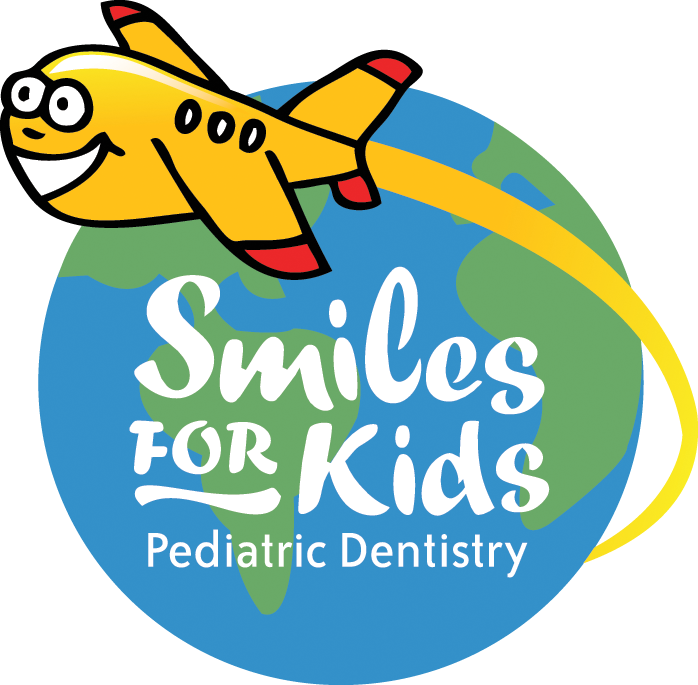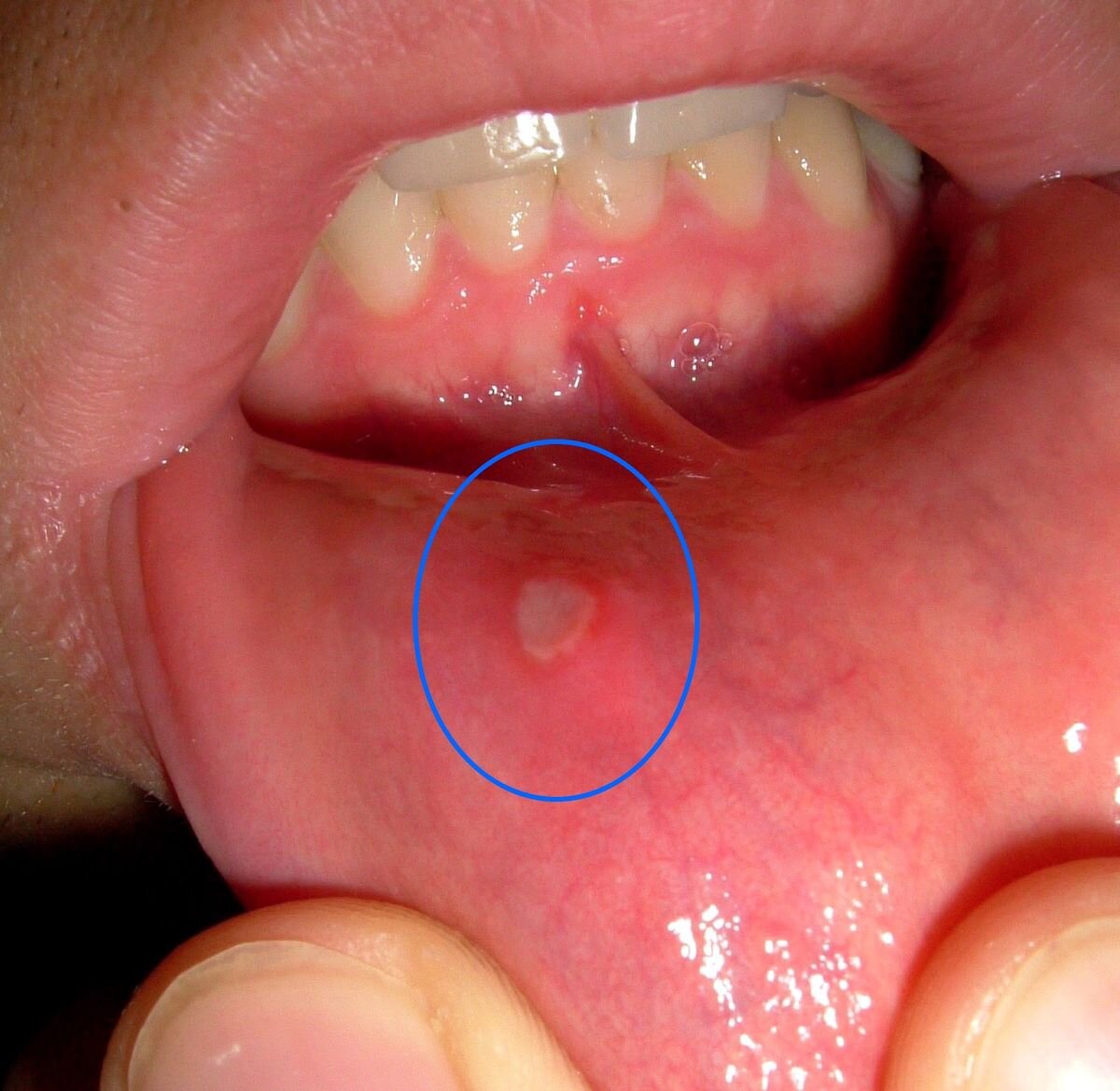Back-To-School Tips For Packing Your Child’s Lunch!
/We know that school has just started and that means early mornings, getting all the kids out of the house with clothes and shoes one, teeth brushed, homework packed, matching shoes, and on time before that bell deems them tardy. We know that dinner time is crazy trying to come up with healthy foods for our kids somehow squeezed in-between tutors, music lessons, homework time, and sports. And we also know that after our precious babies are finally in bed, parents still have laundry, dishes, and those LUNCHES to pack! Oh how easy it is to reach for prepackaged foods full of sugar and completely lacking in nutrition! Marketing companies make it so easy to pick those up from eye level grocery store shelves… So here we, your Heights Pedo/Ortho team, are ready to rescue you by giving you some quick tips on making it easier on yourselves.
Let us start with discussing lunch boxes as those can really make a difference in packing lunches for our kids. Our favorites are ones that have compartments that make is easy to pack just the right amount and just the right variety. Personal favorite? PlanetBox Rover stainless steel lunch box. It comes with a sandwich size compartment that also fits a bowl for soups or salads, few other compartments made just right for fruit, veggies, or the right amount of chips or pretzels. It also has a tiny middle spot perfect for a treat and another small container where you can pack yogurt, apple sauce or salad dressing! These lunch boxes have customizable magnets for decoration, caring case, and a matching bottle! And they are machine washable. No, we are not selling those and we are not getting any royalties from advertising them, but we do love them :) Many other companies make lunch boxes that are similar though so pick one up and then start prepping.
Yes Pinterest has all these photos of smiley faced sandwiches and custom cut fruit that look like animals. You might be one of those crafty parents, in which case you should post on Pinterest and we will follow!
But most of us aren’t quite that skilled…
Lunch needs to be healthy, easy to make, and nutritious. Here are our suggestions:
The biggest compartment needs to be filled with the main meal. Sandwich with peanut butter, ham and cheese, or anything else your kids love is a good choice. Try to pick non-white bread to make it a bit more healthy. You can also pack a salad, pasta, meatballs, chicken, etc into that larger compartment. Simple wraps made with tortillas are also great ideas kids love. You can make enough pasta to last the whole week. You can make few sandwiches at a time and store in your fridge. The main meal should be an easy pick and pack on daily basis instead of making something new every day.
One of the smaller compartments can fit fruit and/or veggies. For fruit we suggest anything that can easily be sliced at the beginning of the week or fits into the box without cutting up. Apples, oranges, berries, grapes, or kiwis are all great and can be cut up on Sunday night and distributed daily. Best veggies are the ones that your kids will eat. We find that kids like carrots, celery, broccoli, peas in a pod, cherry tomatoes and cucumbers. Have them all ready for easy “throw in” at the beginning of the week.
Second smaller compartment can be used for a healthy carb such as pretzels, healthier version of chips or crackers. Kids like crunchy snacks in addition to their main meal and fruit and veggies.
Granola or nut mixes are also great to fill in one of the lunch box spots. If you choose to pack granola bars, read labels as they are often filled with empty calories and sugar. However, there are many great alternatives on the market now, so do your research before and buy in bulk.
Last but not least…. TREAT! The smallest compartment should be the one filled with a treat. Try to stay away from anything that is sticky, gooey or filled with chemicals. But a piece of chocolate, small cookie, chocolate or yogurt dipped pretzels, never hurt anyone and your kids will look forward to those little treats!
SNACKS-these might not fit in a lunch box, but your kids will appreciate something to snack on throughout the day. There are plenty of healthy and non-sugar filled yogurts, apple sauces, puddings, fresh fruit such as apples and bananas, and other packaged foods that can be added to the packet of the lunch box case that will make your kids happy.
DRINKS-we have only one word… WATER. A carton of milk at lunch time is perfectly healthy, but otherwise they need nothing but water to drink throughout the day. And lots of it! Encourage them to make sure that they stay hydrated. Flavored waters without sugar or sodium can be a once a day treat as well.

























